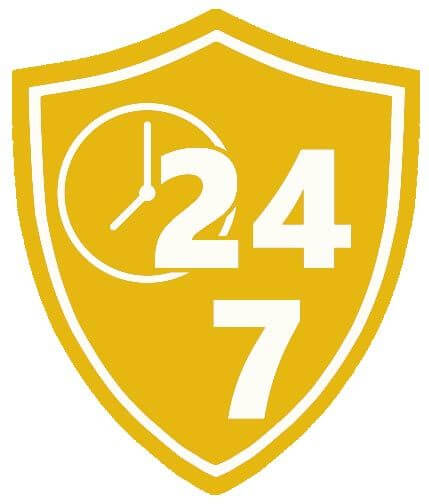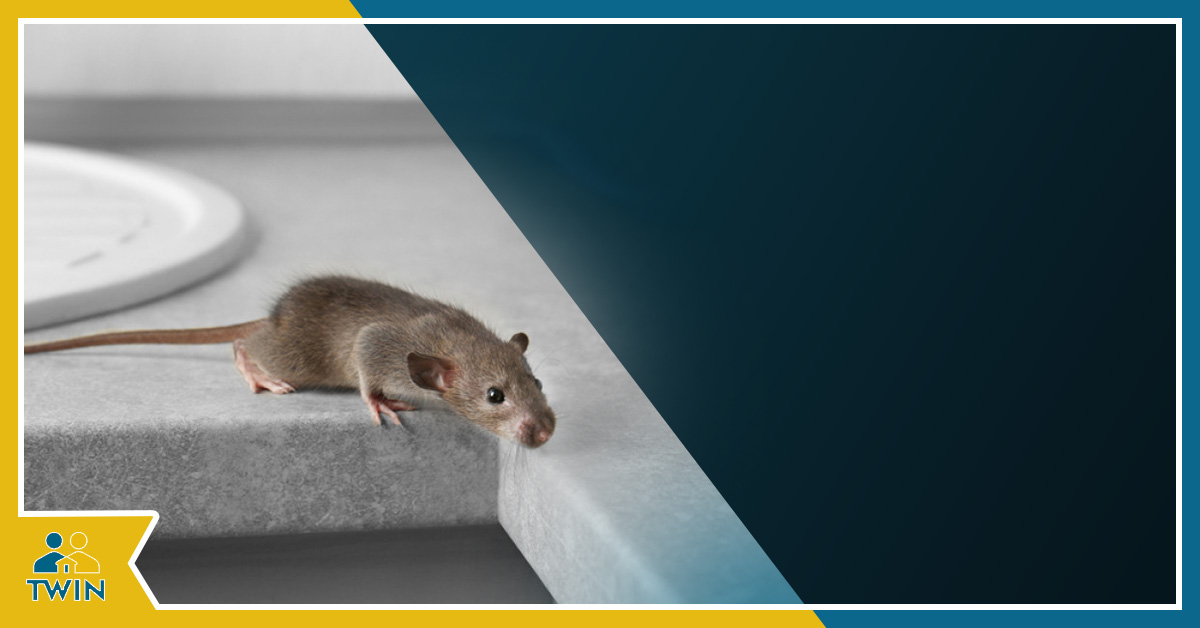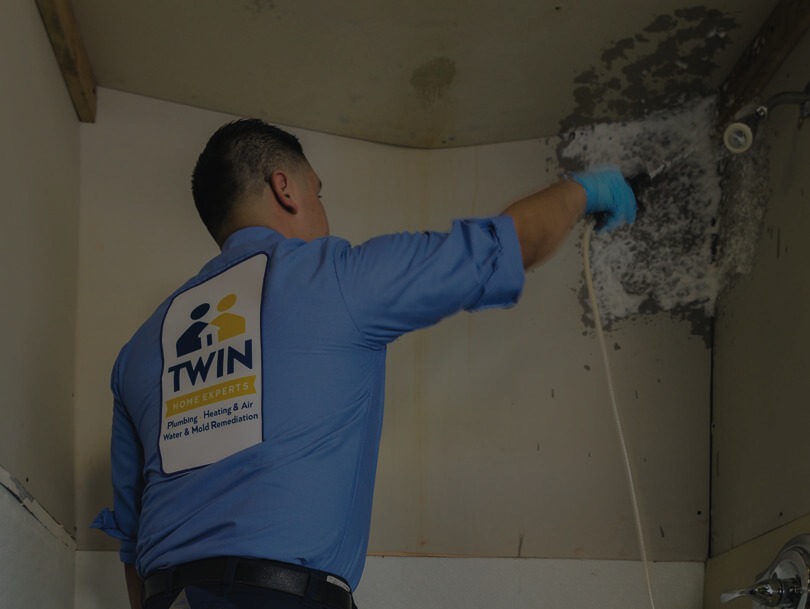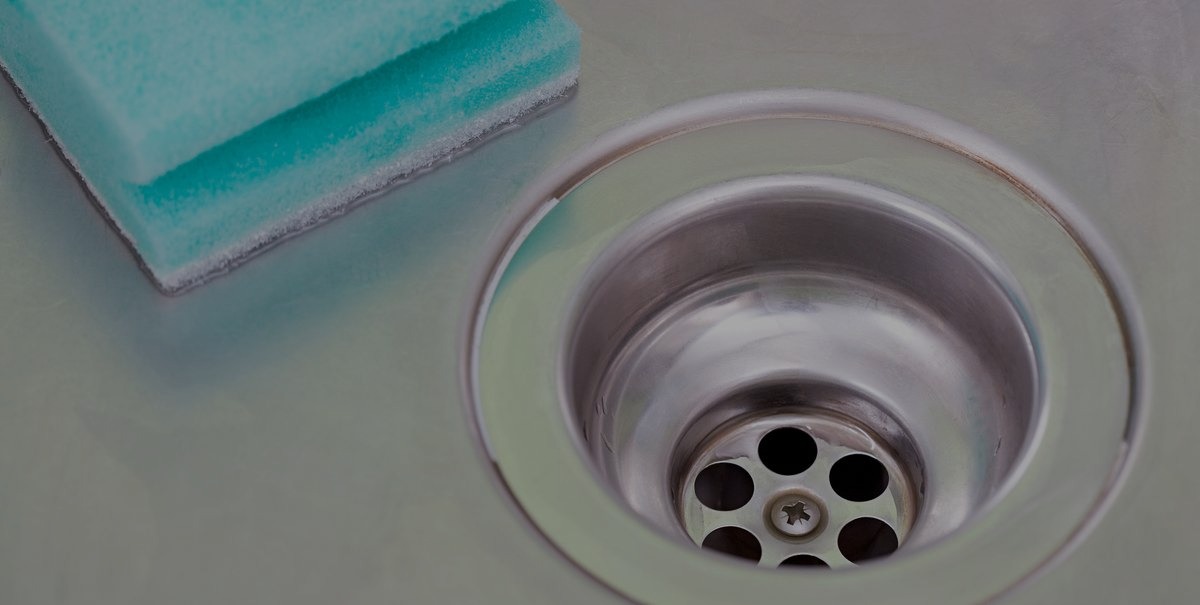In our blog, we’ve spoken about the difference between drain snaking and hydrojetting on a number of occasions. Drain snaking is the more traditional of the two, while hydrojetting is a more advanced solution to drain problems. When homeowners in Los Angeles need drain cleaning, the Twin Plumbers offer these solutions: both are proven to be […] The post Drain Snaking vs. Hydrojetting: What’s the Difference? appeared first on Twin Home Experts.
In our blog, we’ve spoken about the difference between drain snaking and hydrojetting on a number of occasions. Drain snaking is the more traditional of the two, while hydrojetting is a more advanced solution to drain problems. When homeowners in Los Angeles need drain cleaning, the Twin Plumbers offer these solutions: both are proven to be efficient against tough clogs and can restore flow to your plumbing in no time at all.
This is what a hydrojetting looks like in the actual field:
You’ll notice one important difference: a hydrojet is a large and powerful machine that needs to be administered outside through an access port, whereas a drain snake is generally much more contained and can be used indoors.
To give you a better picture of what the difference between these two drain cleaning techniques, we recorded this video with our technician, Juan, and performed tests for each:
Both tools got the job done for the paper, sludge, roots, and residue clogs…but the hydrojetting got the stoppage completely cleared whereas some roots were left over by the drain snaking. Hydrojetting is an extremely powerful process: the hose fires at approximately 4,000 PSI, blasting everything out of the line. To give you a better sense of how powerful that is, you should know that the average home’s water pressure has a PSI of about 80! Drain snaking opens drains so that wastewater can pass through again, but hydrojetting completely clears them.
There you have it, folks! We hope this blog was helpful to you for learning the difference between drain snaking and hydrojetting.
The post Drain Snaking vs. Hydrojetting: What’s the Difference? appeared first on Twin Home Experts.
As you can see, we use the moisture meter to detect where in the walls the problem is. From there, we can perform a thorough remediation. We’ll talk about mold remediation options in our next blog! As always, thanks for reading.
The post How Can I Find Out if I Have Mold in My Walls? appeared first on Twin Home Experts.







